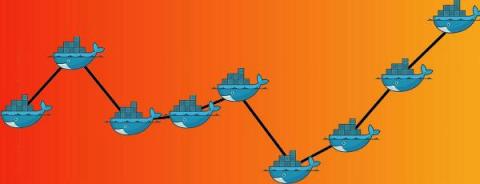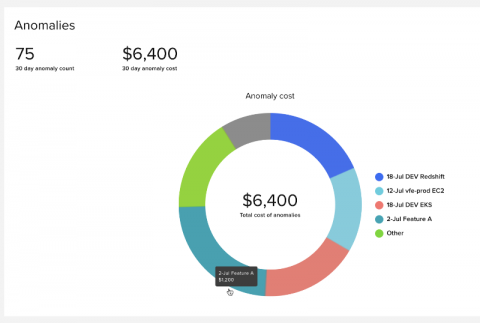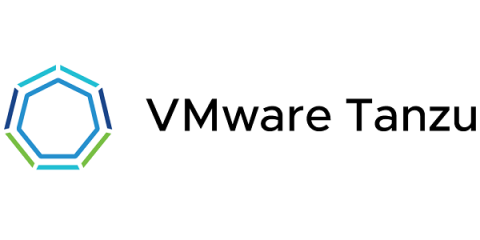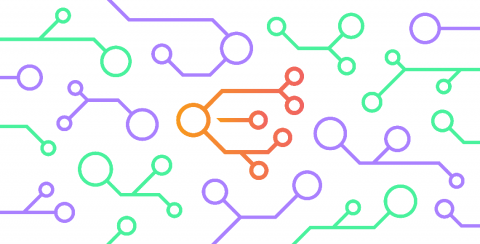An Introduction to Kubernetes and Its Uses
It's easy to get lost in today's continuously changing landscape of cloud native technologies. The learning curve from a beginner's perspective is quite steep, and without proper context it becomes increasingly difficult to sift through all the buzzwords. If you have been developing software, chances are you may have heard of Kubernetes by now. Before we jump into what Kubernetes is, it's essential to familiarize ourselves with containerization and how it came about.











